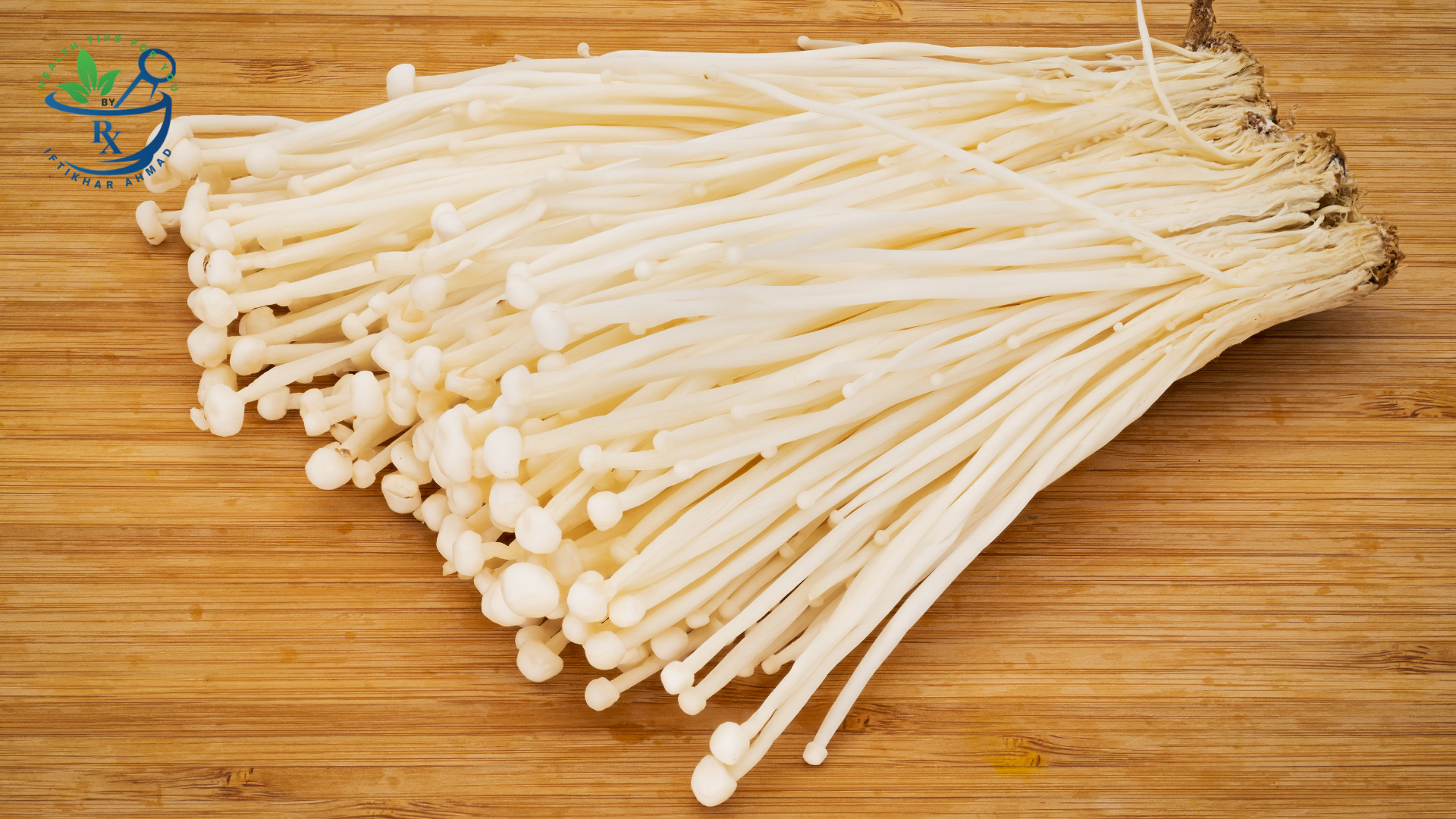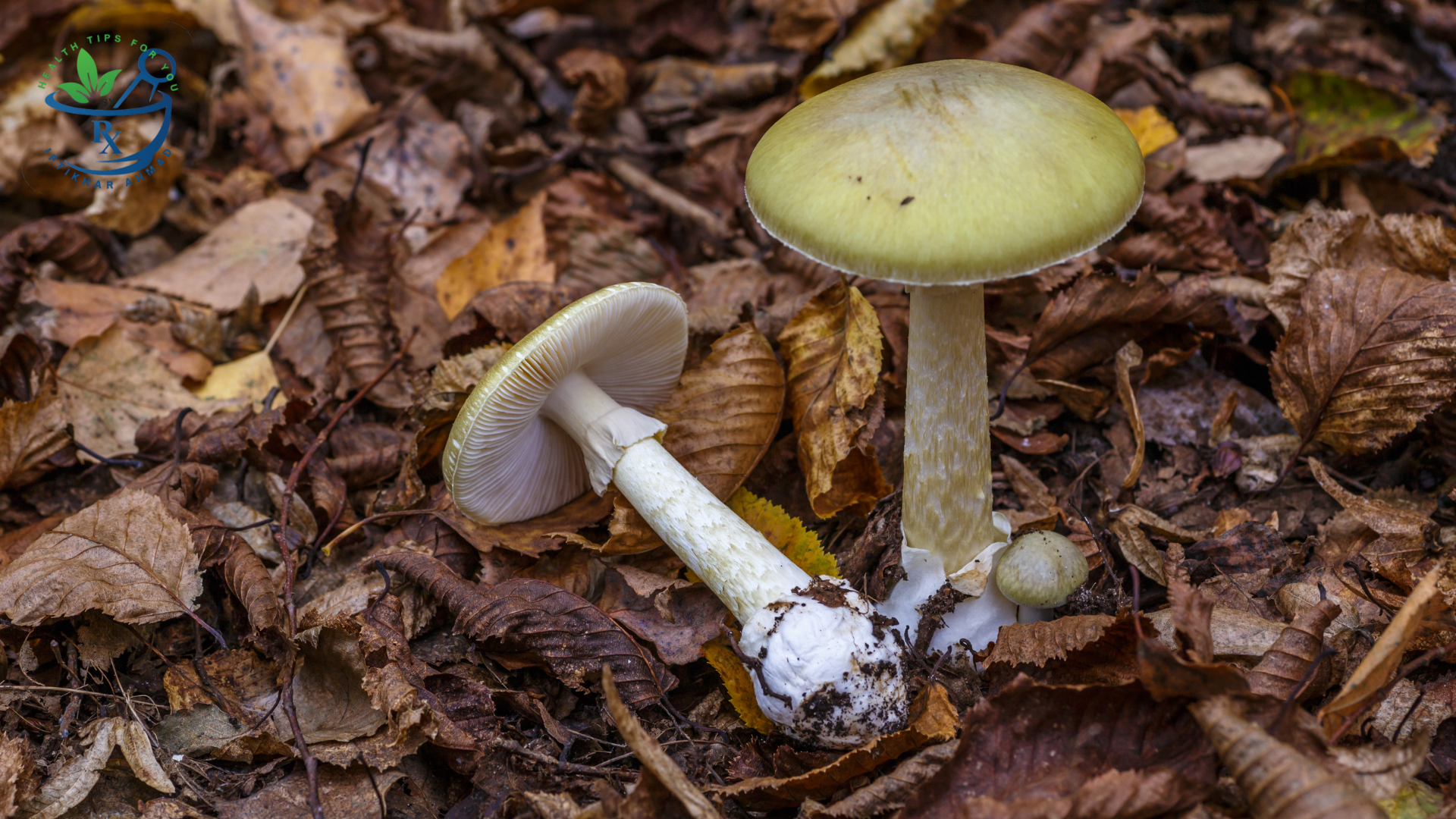One of the most powerful tonic foods in the world, and possibly the most underrated, are mushrooms. Additionally, these mushrooms come in many different types, ensuring that the nutritional benefits can be incorporated into anyone’s diet. Therefore, as someone in the health niche, let me introduce you to various types of mushrooms, their composition, and how to use them to boost your health.
Nutritional Composition of Mushrooms
Surprisingly, mushrooms are endowed with some vital human nutrients. They are most preferred for they are calorie-, fat-, and cholesterol-free while containing vitamins, minerals, and antioxidants. Key components include:
Proteins
Importantly, mushrooms, containing protein, serve as an excellent plant-based protein source for vegetarians and vegans alike.
Vitamins
They have B complex which includes; riboflavin, niacin and pantothenic acids which are essential in metabolism, and for the health of the brain. Additionally, they are also one of the few vitamin D sources that do not come from animal products.
Minerals
Selenium, potassium and copper, these minerals are found abundantly in the list of mushrooms. Specifically, selenium is an oxidant while potassium helps in maintaining fluid balance and proper functioning of the nerves.
Fiber
Generally, mushrooms contain dietary fiber which is known to help in breaking down food and expelling the waste products from the body.
Antioxidants
Significantly, ergothioneine and glutathione found in mushrooms act as antioxidants and anti inflammatory to cells.
Types of Edible Mushrooms
1. White Button Mushrooms

The most familiar type is white button which possesses a rather bland taste and is suitable for most recipes.
2. Cremini Mushroom

Bella mushrooms are also referred to as baby bellas and creminis; their taste is slightly richer than white buttons.
3. Portobello Mushroom

Notably, portobello mushrooms are quite large and flavorful. As a result, they are suitable for grilling and can even work well as a stand-in for meat.
4. Shiitake Mushroom

Having a special taste and being reddish-brown in color due to the accumulation of polysaccharides, shiitake mushrooms are widely used in Asian countries.
5. Oyster Mushroom

Commonly, oyster mushrooms are thin, tender, and smooth in texture. Therefore, they are often used in soups and stir-fry preparations.
6. Maitake Mushroom

More commonly recognized as hen-of-the-woods, maitake mushrooms are appreciated for their rich flavor and numerous recognized benefits.
7. Enoki Mushroom

Surprisingly, being one of the most versatile mushrooms, fresh enoki mushrooms have a crispy feel and their flavor is relatively subtle.
Toxic Mushroom to Avoid
Meanwhile, unlike most mushrooms, some of them are highly poisonous. Notable examples include:
Amanita phalloides (Death Cap):

Extremely toxic and sometimes confused with the edible ones.
Amanita virosa (Destroying Angel)

Another poisonous species of the mushroom which is fatal in nature and can lead to failures of liver and kidney.
Galerina marginata

Is toxic and closely related in its location to edible ones.
Medicinal Effects of Mushroom
Historically, traditional medicine practices involving mushrooms have been recorded for many years. Additionally, modern research supports many of these uses, further highlighting mushrooms’ medicinal effects. Thus, both historical and contemporary studies emphasize the health benefits of mushrooms.
1. Immune Support
The berries such as shiitake containing beta-glucans bolster immune system while other mushrooms such as maitake do the same. In addition these compounds promote the growth of white blood cells-with this a body is able to fight infections and diseases.
2. Anti-Cancer Properties
Interestingly, some of the reishi and turkey tail can be found to have compounds that work on the anti-cancer aspect. These can slow cancer growth and thus improve the results associated with conventional cancer treatments.
3. Anti-Inflammatory Effects
It has vitamins and fibers, as well as polysaccharides that work to decrease inflammation in the body; therefore it is useful for chronic diseases such as arthritis as well as cardiovascular diseases.
4. Antioxidant Protection
Mushroom polymers ergothioneine and glutathione are antioxidants that wipe out everything that can cause chronic diseases such as Alzheimer and Parkinson.
5. Blood Sugar Regulation
Maitake for example, has blood sugar level properties that can go a long way in maintaining the health of diabetic patients.
Origin of Mushroom Cultivation
However, people have been farming mushrooms since ancient times. Around 600 AD, the Far Eastern civilization, primarily China, began mushroom farming. They initially cultivated shiitake mushrooms on logs, and subsequently, this practice spread to Japan and other parts of Asia. Meanwhile, Europe started its mushroom growing procedures in France during the 17th century, focusing on the growth of white button mushrooms in caves. Over the time, however, now with advancements in technology, people grow mushrooms in various parts of the world, producing crops all year round.
Trends in Mushroom Usage
Mushrooms are experiencing a resurgence in popularity due to their health benefits and culinary versatility. As a result, trends include the followings.
Plant-Based Diets
Because of its meat like texture and savory/earthy taste, mushrooms are often used in Vegetarian/Vegan diets.
Functional Foods
In recent times, people are increasingly integrating mushrooms into their diet through diverse methods, such as adding them to coffee, tea, and even dietary supplements.
Gourmet Cuisine
Additionally, such gourmet mushrooms as truffles and morels are in vogue; they are used in gourmet dishes.
Tips for Using Mushroom
Selection
Select the mushrooms that should be firm, not bruised at all and should have a good, musty smell.
Storage
Store mushrooms in a paper bag inside the refrigerator to reduce spoilage.
Preparation
To clean, wash the mushrooms with water only or use a clean moist cloth to wipe. Do not immerse them as they can swell up.
Cooking
Cook in a pan, on the grill, over the fire or bake; use in soups, stews, or as a salad ingredient. That is why their umami taste goes well with virtually any kind of food.
Adding Mushroom to Your Diet
It is not a problem at all to consume a cap full of mushrooms for your health’s sake because they are tasty too. So, here are some ideas:
- Breakfast: Take the sautéed mushrooms as toppings for the omelets or even for avocado toast.
- Lunch: You can eat mushrooms raw with salads, sandwiches or sausage, and use in pasta meals, soup and sauce.
- Dinner: Eat mushrooms as an alternative to meat in tacos, hamburgers or stir up meals.
- Snacks: Dry mushrooms and make jerky out of them or include the dried mushrooms in a trail mix.
Conclusion
To sum up, mushrooms are great and nutritious in many ways, offering numerous health benefits. Nutritively, they are valuable due to their concentration of vitamins, minerals, and antioxidants. Health-wise, they provide significant medical benefits. Moreover, you can use mushrooms for their taste or their nutritional values; either way, they are an excellent ingredient to include in the human diet. Therefore, power up with mushrooms and transform your life for the better now!
References:
- Chang, S. T., & Miles, P. G. (2004). Mushrooms: Cultivation, Nutritional Value, Medicinal Effect, and Environmental Impact. CRC Press.
- Hobbs, C. (2002). Medicinal Mushrooms: An Exploration of Tradition, Healing, and Culture. Botanical Press.
- Borchers, A. T., Keen, C. L., & Gershwin, M. E. (2004). “Mushrooms, Tumors, and Immunity: An Update.” Experimental Biology and Medicine, 229(5), 393–406.
- Roupas, P., Keogh, J., Noakes, M., Margetts, C., & Taylor, P. (2012). “The Role of Edible Mushrooms in Health: Evaluation of the Evidence.” Journal of Functional Foods, 4(4), 687–709.
- Wasser, S. P. (2011). “Current Findings, Future Trends, and Unsolved Problems in Studies of Medicinal Mushrooms.” Applied Microbiology and Biotechnology, 89(5), 1323–1332.
- Sadler, M. (2003). Mushrooms in the Health Food Market. Nutrition Bulletin, 28(3), 305–308.





